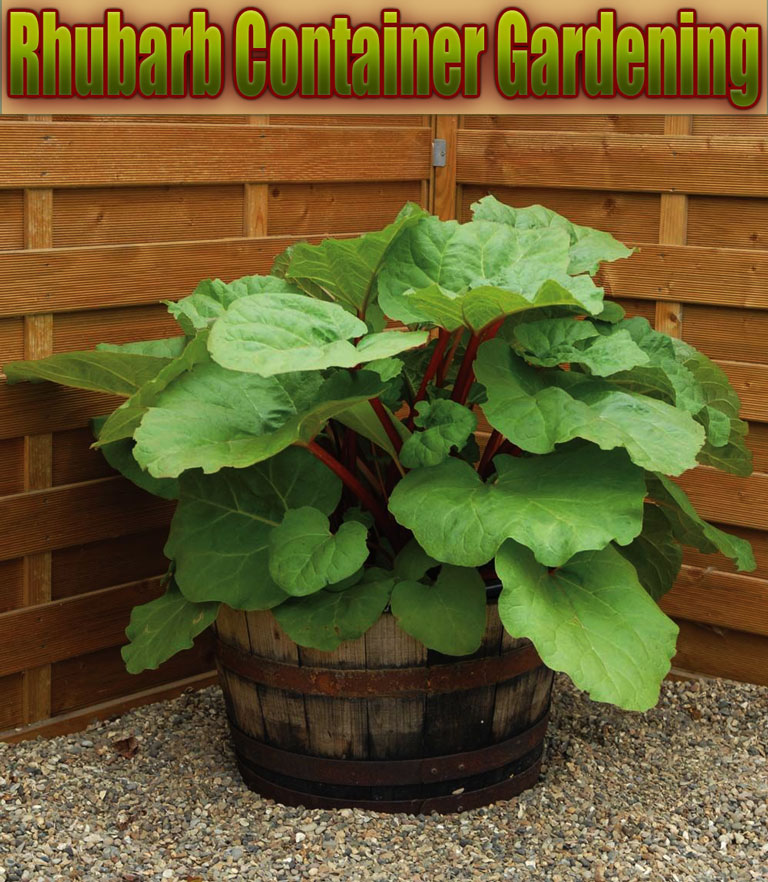
Rhubarb Container Gardening
Rhubarb (Rheum rhabarbarum) grows best when its roots are left undisturbed for many years, which can be difficult in a small garden where space is at a premium. Growing rhubarb in a container saves garden space and allows you to move the plant without damaging the roots. The perennial vegetable grows in U.S. Department of Agriculture plant hardiness zones 3 through 8.
Pot Preparation
Rhubarb produces a large root system, so it requires a pot large enough to contain it. A 12-inch diameter or larger pot is big enough for a single rhubarb plant.
Only use pots with bottom drainage holes; otherwise, the soil becomes too wet and causes crown rot problems. A standard peat-based potting mix that contains organic matter is a suitable soil choice for potted rhubarb. Avoid garden soil when filling containers, because it may contain disease organisms and tends to compact.
Planting
Rhubarb crowns require similar planting in containers as they do in a garden bed. The top of the crown, which contains the swollen buds that grow into stalks, must sit 1 to 3 inches beneath the potting soil’s surface. After planting, water the soil until the excess water drains from the pot bottom so that the potting soil can settle around the roots. Any excess water that collects in the drip tray beneath the pot must be emptied so that it’s not reabsorbed into the soil.
Basic Care
A location, preferably outdoors, that receives at least six hours of daily sunlight results in the best rhubarb growth. The plant grows when temperatures are above freezing but below 75 degrees Fahrenheit. Water the plant when the top 1 inch of soil feels dry, and let the excess moisture drain freely. Rhubarb also benefits from annual fertilization once the plant is a year old. An application of ½ cup of 16-16-16 fertilizer, sprinkled on top the potting soil and watered in each spring after the year in which you planted the rhubarb, provides sufficient nutrition. Rhubarb requires temperatures below 40 degrees Fahrenheit in winter to induce dormancy, so set the pot in a cool outdoor area for winter storage.
Repotting
Garden-grown rhubarb requires only occasional dividing, but potted rhubarb may outgrow its container more quickly. When the plant’s roots fill the container, it’s time to repot. You can break apart the roots into fist-size pieces and repot them into 12-inch-diameter pots to produce new plants.
Alternatively, repot the rhubarb into a pot one or two size larger than the old one without dividing it. Wait one year before harvesting from a divided plant so that the root system can recover.


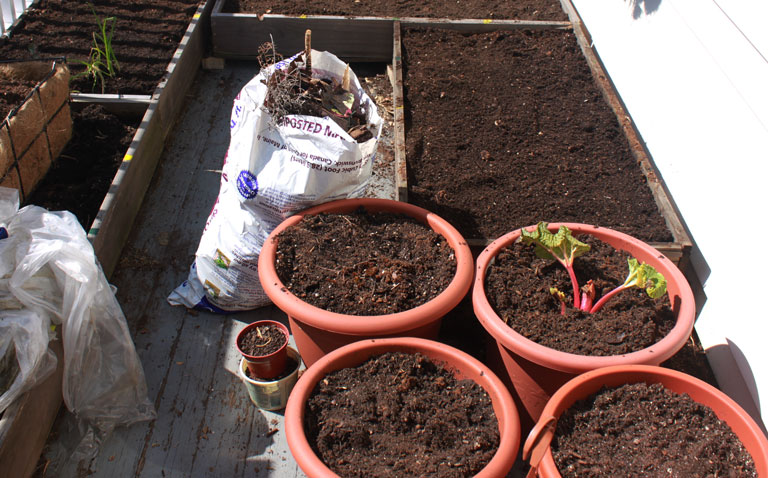
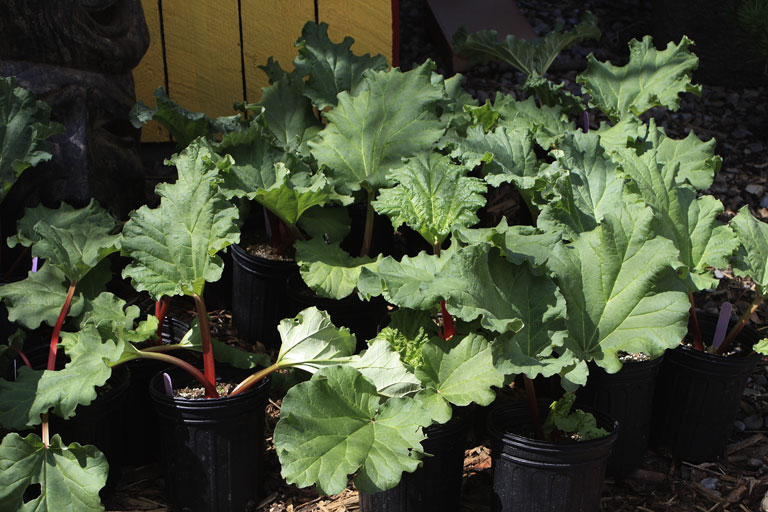
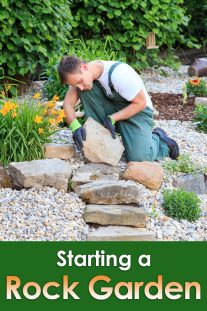
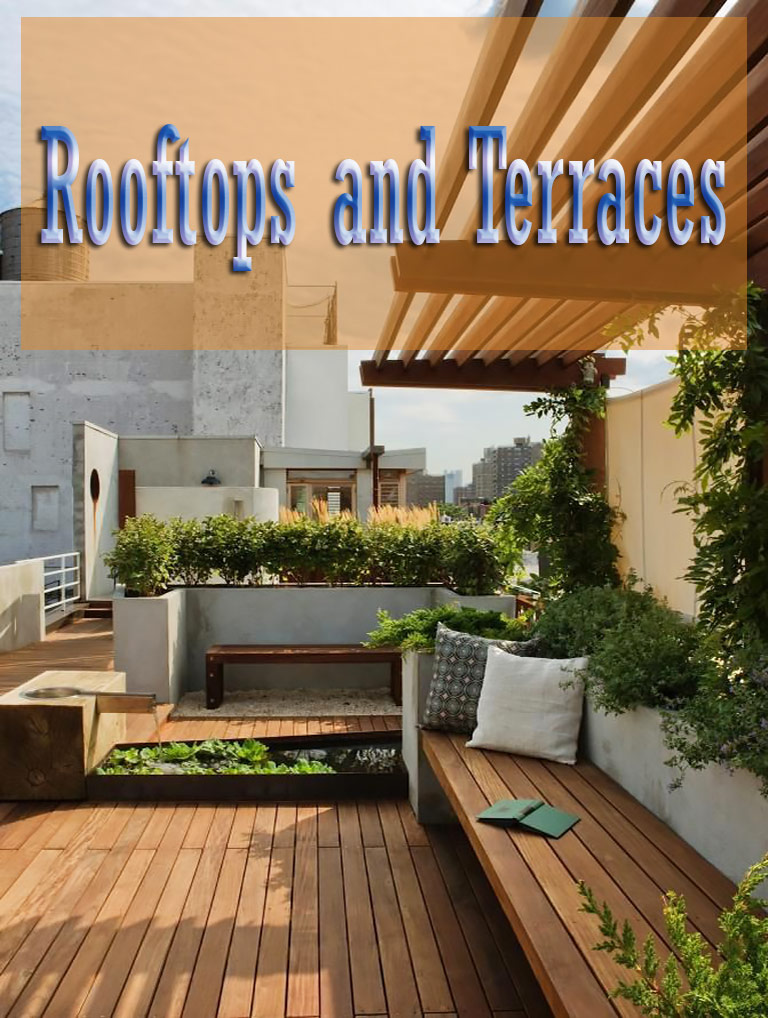
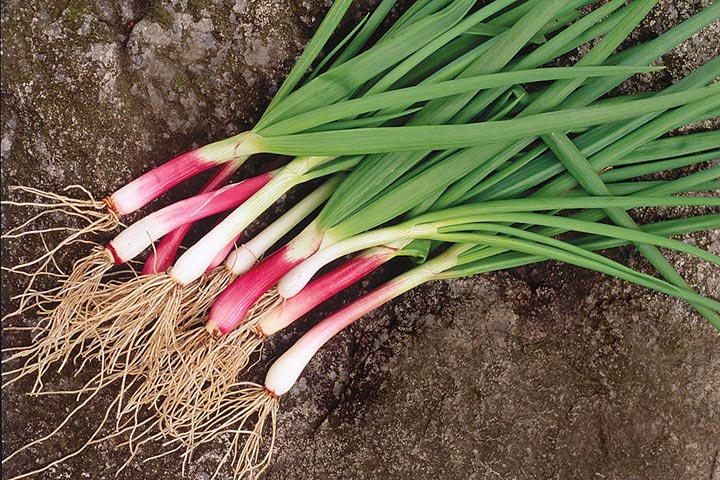
Leave a Reply